Herons (Family Ardeidae) are widespread aquatic birds, typically solitary in nature. Below are 10 prominent heron species described with details.
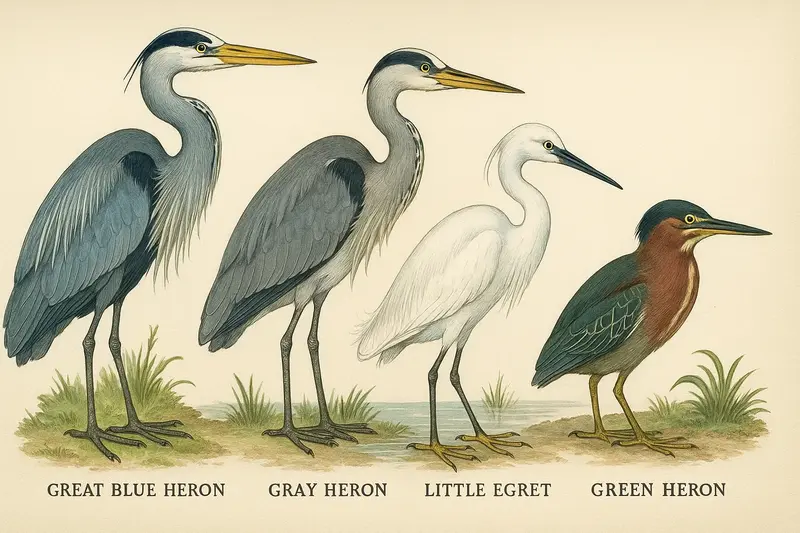
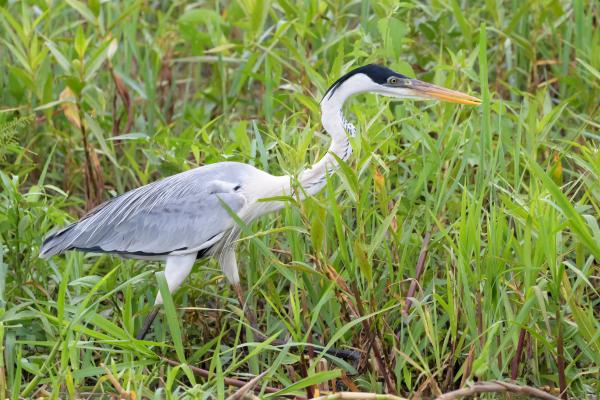
Native to Central and South America, the Cocoi Heron has grayish and white plumage with distinctive long feathers on the nape, back, and chest. It has yellow legs and a yellow beak. Diurnal and mostly solitary, it lives in freshwater or brackish wetlands and perches on trees. Nests are built with dry twigs in dense vegetation. It lays 3–5 pale blue eggs. Diet includes insects, amphibians, fish, small birds, and mammals.
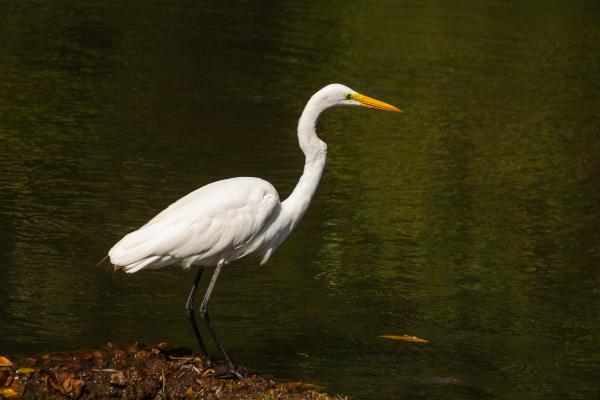
A large, slender white heron with black legs and a yellow-orange spear-like bill. Found near calm shallow waters, it feeds on fish, amphibians, and invertebrates. Builds nests in trees using branches, laying 3–5 eggs. It is one of the most widespread herons globally, found on every continent except Antarctica.
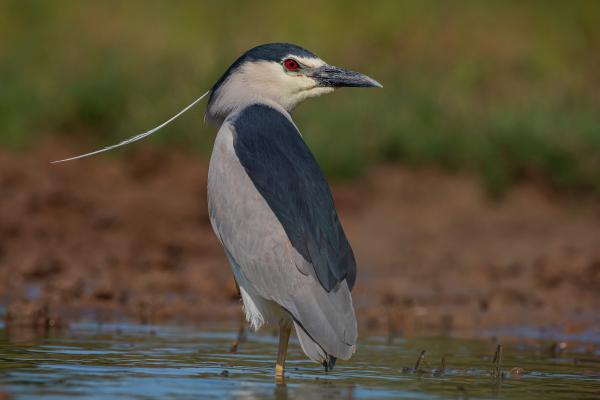
Stockier than other herons, with a short, thick neck and bill. Has a gray body, black crown and back, white throat, and two white plumes on the nape. Its eyes are red, and legs yellowish. Nocturnal or crepuscular, it inhabits vegetated shores of lakes and rivers. Eats small vertebrates, invertebrates, seeds, and plant matter. Distributed across Eurasia, Africa, and the Americas.
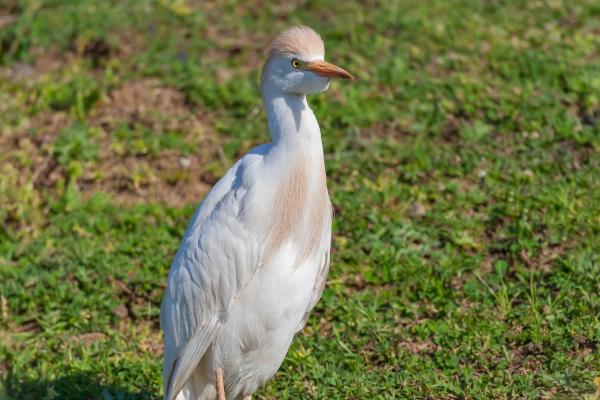
A small to medium white heron with orange-golden plumes on the head and neck during breeding season. Inhabits tropical, subtropical, and temperate zones globally. Often seen perching on cattle (hence its name). Stands about 40 cm tall and feeds on small vertebrates and invertebrates. Known for its invasive spread in some regions.
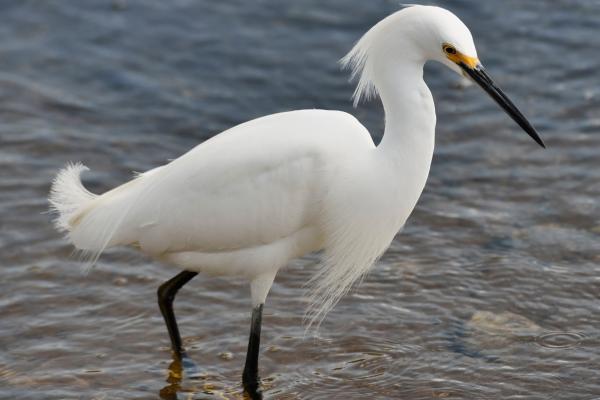
Measures about 60 cm. White plumage with breeding plumes on back and chest. Black bill with yellow base, and black legs. Smaller than the Great Egret. Found alone or in flocks, feeding on fish, amphibians, insects, spiders, and crustaceans. Native to the Americas, living in ponds, marshes, streams, and lagoons.
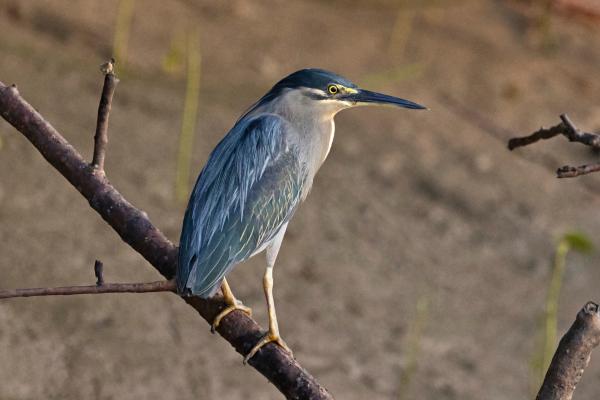
Also called the green-backed heron, found in the Americas, Asia, Africa, and Oceania in both saltwater and freshwater habitats. Adults grow up to 48 cm. It has a greenish-black crown, chestnut neck, and gray flanks. Hunts small fish and insects with its long bill.
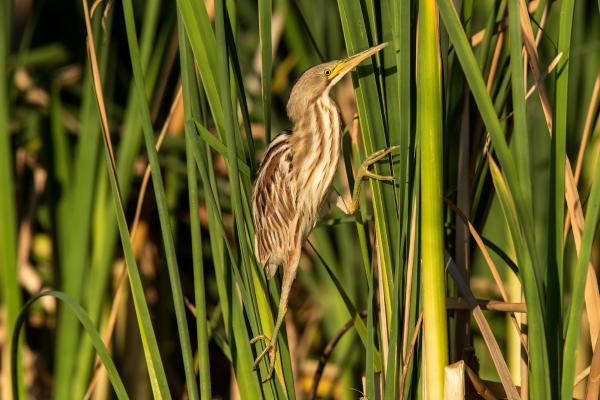
A secretive heron species native to South America. Small with distinctive striped plumage in black, ochre, and cinnamon. Hard to spot and flies short distances. Prefers dense reed beds near marshes and lagoons. Feeds on fish, insects, and amphibians. Builds a cone-shaped nest with dry reeds and lays 3–4 green eggs.
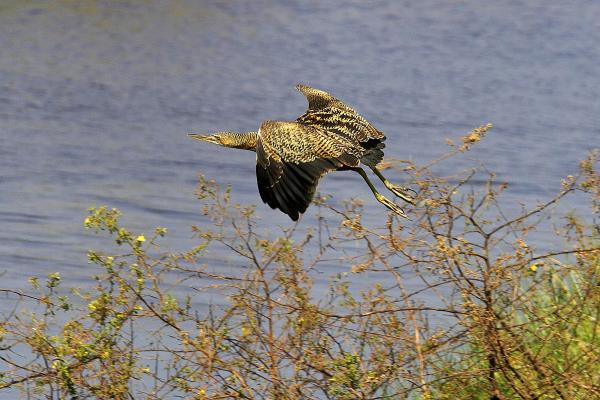
Found in tropical America, usually in tall grass or reed areas. Solitary and large, with light brown plumage patterned with darker markings. A patient hunter, it preys on fish, amphibians, insects, and small mammals (including young marmosets). Builds cup-shaped nests near water, laying 2–3 olive-colored eggs.
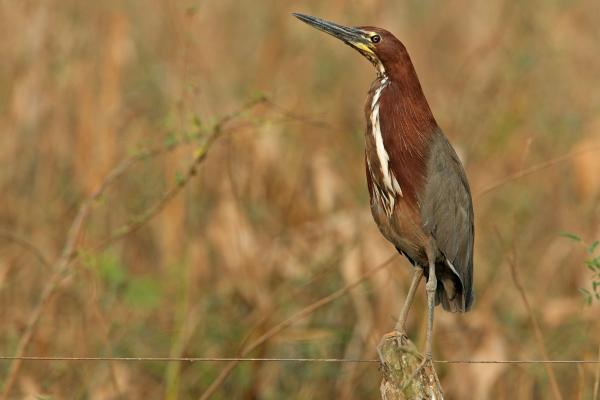
Distributed across Central and South America. Has a brown neck and black-and-white streaked chest. The back is reddish-gray. Solitary and slow-moving. Builds stick nests in trees or reeds and lays 2–3 whitish eggs. Eats insects, fish, reptiles, and crustaceans.
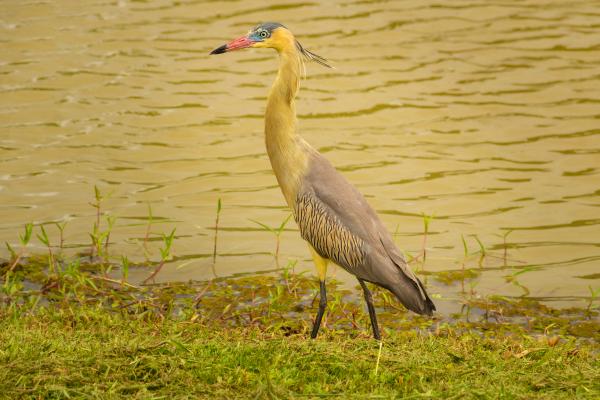
Notable for its pinkish-violet bill with black tip, black legs, and grayish-white iris. Has gray-blue back and yellowish neck and chest. Often seen in pairs or small groups (up to 45 individuals). Roosts in trees and produces a prolonged whistle and gruff sound. Nests on trees 3–15 m high using twigs.
animal tags: herons
We created this article in conjunction with AI technology, then made sure it was fact-checked and edited by a Animals Top editor.